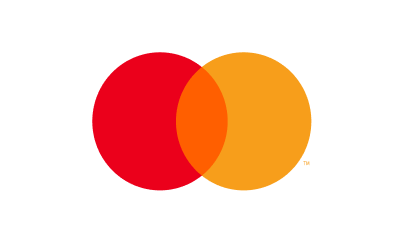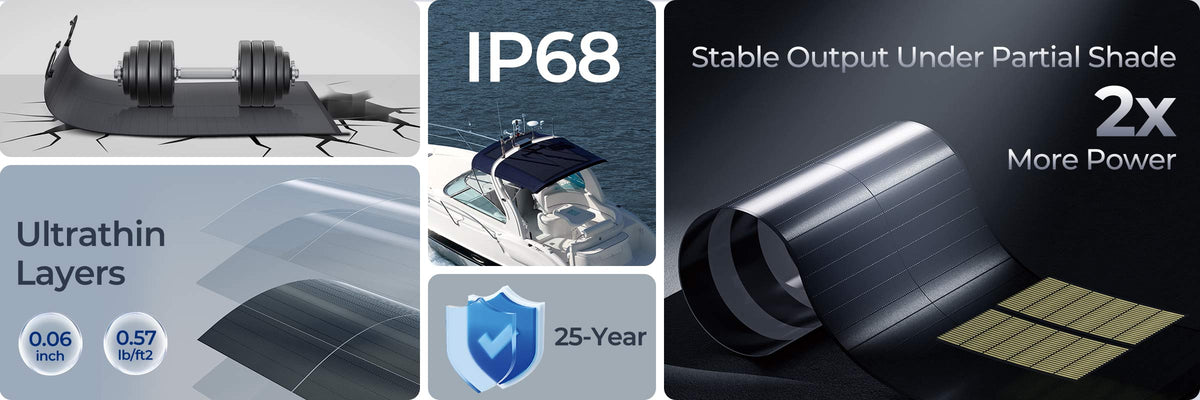
Top 10 Christmas Ideas for Off-Grid Living [Guide]
If someone in your life is an outdoor enthusiast, an avid traveler, a DIY tinkerer, or an eco-conscious innovator, you've just found their next meaningful Christmas gift. Below, we've gathered...
24/7 Pre-Sale Support — Submit a Case to Contact Us
150 Watt CIGS Flexible Thin-film Solar Panel is backordered and will ship as soon as it is back in stock.
















Unmatched durability meets exceptional anti-shading ability.


Bypass diodes integrated across all solar cells, ensuring stable current even in shaded conditions.

CIGS panels are significantly lighter than conventional rigid solar panels,which means they impose less pressure on the RV roof, enhance driving stability, and reduce strain during travel.

This remarkable reduction in thickness offers greater flexibility in installation options and a sleeker, more integrated appearance, providing a streamlined and aesthetically pleasing addition to your setup.




4 strips of tape ensure superior adhesion, making the solar panel a reliable and stylish addition to your yacht.


150 Watt CIGS Solar Panel
Warranty
Certifications
Estimated Dimensions And Weights